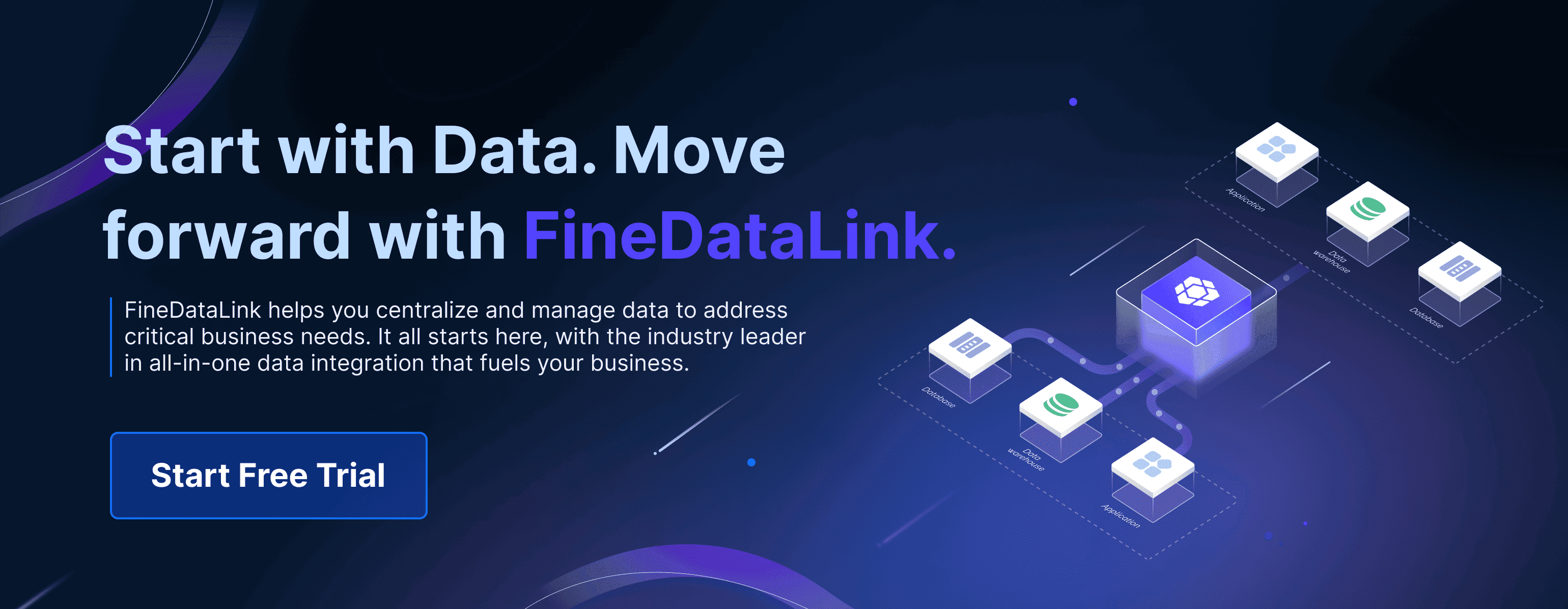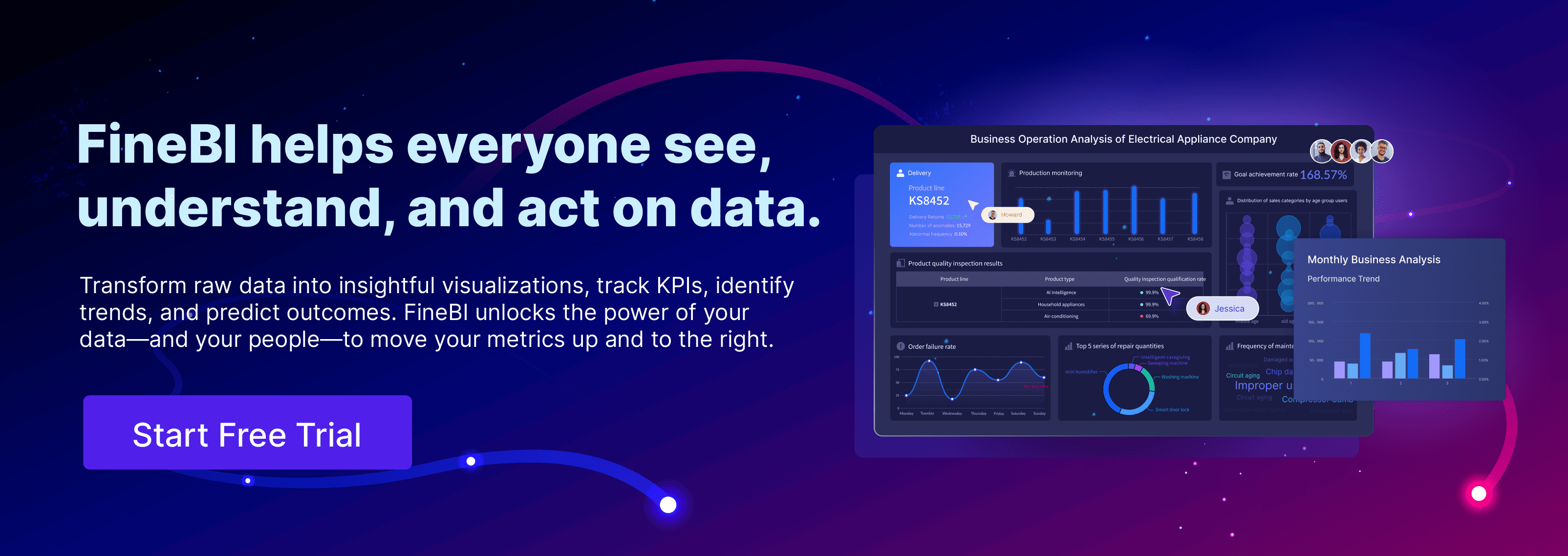

Data enrichment enhances existing datasets by integrating additional information, correcting inaccuracies, and ensuring consistency. This process significantly improves data quality, making it a vital component in data-driven decision-making. The demand for data enrichment solutions continues to grow, with the market projected to reach $3.5 billion by 2030. Tools like FineDataLink and FineBI play crucial roles in this landscape, offering advanced capabilities for real-time data synchronization and analytics. As businesses increasingly rely on enriched data, they gain deeper insights and make more informed decisions.
Understanding Data Enrichment
Definition and Explanation of Data Enrichment
Data enrichment involves enhancing existing datasets by integrating additional information, correcting inaccuracies, and ensuring consistency. This process transforms raw data into a more valuable asset, improving its utility and accuracy. Organizations often enrich their data by incorporating third-party data, which adds depth and context to their existing information. This practice has become essential for businesses aiming to leverage data-driven insights, especially in fields like AI and machine learning.
Core components of data enrichment
The core components of data enrichment include data cleaning, integration, and augmentation. Data cleaning involves removing inaccuracies and inconsistencies from the dataset. Integration merges data from various sources, creating a unified and comprehensive dataset. Augmentation adds new information, enhancing the dataset's richness and relevance. These components work together to ensure that the enriched data is accurate, reliable, and actionable.
Types of data used in enrichment
Data enrichment utilizes various types of data, including demographic, geographic, and behavioral data. Demographic data provides insights into age, gender, and income levels. Geographic data offers location-based information, while behavioral data reveals patterns and preferences. By combining these data types, organizations can gain a holistic view of their customers, enabling more personalized and effective strategies.
Historical Context of Data Enrichment
Evolution of data enrichment practices
Data enrichment practices have evolved significantly over the years. Initially, organizations relied on manual processes to enhance their datasets. However, technological advancements have automated many aspects of data enrichment, making it more efficient and accurate. The rise of big data and advanced analytics has further propelled the evolution of data enrichment, allowing businesses to process and analyze vast amounts of information quickly.
Technological advancements enabling data enrichment
Technological advancements have played a crucial role in enabling data enrichment. Tools like FineDataLink and FineBI offer real-time data synchronization and advanced analytics capabilities. These technologies allow organizations to integrate and analyze data from multiple sources seamlessly. As a result, businesses can enrich their data more effectively, gaining deeper insights and making informed decisions.
Importance of Data Enrichment
Enhancing Data Quality
Data enrichment plays a crucial role in enhancing the quality of data. It improves both accuracy and reliability, ensuring that organizations have access to precise information. By integrating additional data, businesses can correct inaccuracies and fill in missing details. This process reduces data redundancy, which minimizes storage costs and enhances data utility.
Improving accuracy and reliability
Organizations achieve improved accuracy and reliability through data enrichment. They incorporate third-party data to verify and update existing datasets. This practice ensures that the information remains current and dependable. Accurate data forms the foundation for effective decision-making and strategic planning.
Reducing data redundancy
Data redundancy often leads to inefficiencies and increased storage costs. Data enrichment addresses this issue by eliminating duplicate entries and consolidating information. Businesses benefit from streamlined data processes, which enhance operational efficiency and reduce resource expenditure.
Supporting Business Decisions
Data enrichment supports business decisions by providing comprehensive insights. It enables organizations to develop targeted marketing strategies and facilitates customer segmentation. With enriched data, businesses gain a deeper understanding of their customers, allowing for more personalized and effective approaches.
Enabling targeted marketing strategies
Enriched data empowers businesses to create targeted marketing strategies. By analyzing customer preferences and behaviors, organizations can tailor their campaigns to specific audiences. This approach increases engagement and improves the effectiveness of marketing efforts.
Facilitating customer segmentation
Customer segmentation becomes more precise with data enrichment. Businesses can categorize their customers based on various factors such as demographics, behaviors, and preferences. This segmentation allows for personalized communications and product recommendations, fostering meaningful customer relationships and enhancing customer service.
Benefits of Data Enrichment
Operational Efficiency
Data enrichment significantly enhances operational efficiency within organizations. By streamlining data processes, businesses can optimize their workflows and reduce unnecessary complexities.
Streamlining data processes
Organizations streamline their data processes through data enrichment. They integrate and organize data from various sources, creating a cohesive and comprehensive dataset. This integration eliminates the need for manual data handling, reducing errors and improving accuracy. As a result, businesses can focus on analyzing data rather than spending time on data management tasks.
Reducing time and resource expenditure
Data enrichment reduces the time and resources required for data processing. By automating data integration and validation, companies minimize manual intervention. This automation leads to faster data processing and analysis, allowing businesses to allocate resources more efficiently. Consequently, organizations experience cost savings and improved productivity.
Competitive Advantage
Data enrichment provides a competitive edge by offering valuable insights into market trends and enhancing customer experiences. Companies that leverage enriched data can anticipate changes and adapt strategies accordingly.
Gaining insights into market trends
Businesses gain insights into market trends through data enrichment. By analyzing enriched datasets, they identify patterns and predict future developments. This foresight enables companies to make proactive decisions and stay ahead of competitors. As a result, organizations can align their strategies with emerging trends and capitalize on new opportunities.
Enhancing customer experience
Data enrichment enhances customer experience by providing a deeper understanding of customer needs and preferences. Businesses use enriched data to personalize interactions and tailor offerings to individual customers. This personalization fosters stronger customer relationships and increases satisfaction. Ultimately, enriched data empowers companies to deliver exceptional customer experiences, leading to higher retention rates and brand loyalty.
Data Enrichment vs. Data Cleansing
Key Differences
Data enrichment and data cleansing serve distinct purposes in the realm of data management.
Purpose and objectives
- Data Enrichment: This process enhances existing datasets by adding new information, correcting inaccuracies, and ensuring consistency. It aims to transform raw data into a more valuable asset, improving its utility and accuracy. By incorporating additional data, organizations can gain deeper insights and make informed decisions.
- Data Cleansing: This process focuses on identifying and rectifying errors or inconsistencies within a dataset. Its primary objective is to ensure that data is accurate, reliable, and free from errors. Data cleansing removes duplicate entries, corrects inaccuracies, and fills in missing information, thereby improving data quality.
Processes involved
- Data Enrichment: Involves integrating external data sources with existing datasets. This integration adds depth and context, making the data more comprehensive and actionable. Organizations often use third-party data to enrich their datasets, which helps in gaining a holistic view of their customers or operations.
- Data Cleansing: Entails a systematic approach to identifying and correcting errors in the data. This process includes removing duplicates, standardizing formats, and verifying data accuracy. Data cleansing ensures that the dataset is consistent and reliable, forming a solid foundation for further analysis.
Complementary Roles
Data enrichment and data cleansing, while distinct, complement each other in enhancing data quality and usability.
How they work together
- Integration: Data cleansing prepares the dataset by removing errors and inconsistencies. Once cleansed, the data becomes a suitable candidate for enrichment. Enrichment then adds additional layers of information, making the data more valuable and insightful.
- Synergy: Together, these processes create a robust data management strategy. Cleansing ensures the data's accuracy and reliability, while enrichment enhances its richness and relevance. This synergy results in a comprehensive and high-quality dataset.
Benefits of integrating both processes
- Enhanced Data Quality: Combining data cleansing and enrichment leads to superior data quality. Organizations benefit from accurate, reliable, and comprehensive datasets that support effective decision-making.
- Improved Insights: With enriched and cleansed data, businesses gain deeper insights into their operations and customer behaviors. This understanding enables them to develop targeted strategies and improve customer experiences.
- Operational Efficiency: Integrating both processes streamlines data management, reducing time and resource expenditure. Automated cleansing and enrichment minimize manual intervention, allowing organizations to focus on analysis and strategic planning.
Steps in the Data Enrichment Process

Data enrichment involves several key steps that transform raw data into a valuable asset. Each step plays a crucial role in ensuring the enriched data is accurate, reliable, and actionable.
Data Collection
Data collection serves as the foundation of the enrichment process. It involves two main activities:
Identifying data sources
Organizations must first identify the data sources that will provide the necessary information for enrichment. These sources can include internal databases, third-party providers, or public datasets. The choice of sources depends on the specific goals of the enrichment process and the type of data needed.
Gathering relevant data
Once the sources are identified, organizations gather the relevant data. This step requires careful selection to ensure that the data aligns with the enrichment objectives. Collecting high-quality data is essential, as it directly impacts the accuracy and reliability of the enriched dataset.
Data Integration
Data integration combines the collected data with existing datasets, creating a unified and comprehensive dataset.
Merging external data with existing datasets
Organizations merge external data with their existing datasets to add depth and context. This integration enhances the dataset's richness, providing a more holistic view of the information. The merging process must be seamless to maintain data integrity.
Ensuring data compatibility
Ensuring data compatibility is vital during integration. Organizations must address any inconsistencies in data formats or structures. This step often involves data transformation and standardization to achieve consistency across different data sources.
Data Validation
Data validation ensures the accuracy and reliability of the enriched dataset.
Verifying data accuracy
Organizations verify the accuracy of the data by cross-referencing it with trusted sources. This verification process helps identify and correct any inaccuracies, ensuring that the data remains dependable for analysis and decision-making.
Addressing inconsistencies
Addressing inconsistencies is a critical part of data validation. Organizations must identify and rectify any discrepancies within the dataset. This step often involves data cleansing, which removes errors and standardizes formats, providing a solid foundation for further analysis.
"Data enrichment directly contributes to the quality of your data by integrating additional information into your existing datasets. It corrects inaccuracies, fills in missing values, and ensures consistency, paving the way for more reliable data analysis and decision-making processes."
By following these steps, organizations can effectively enrich their data, transforming it into a powerful tool for gaining insights and making informed decisions.
Best Practices for Data Enrichment
Ensuring Data Privacy
Data privacy stands as a cornerstone in the data enrichment process. Organizations must prioritize safeguarding sensitive information to maintain trust and comply with legal standards.
Compliance with regulations
Organizations must adhere to data privacy regulations such as the General Data Protection Regulation (GDPR) and the California Consumer Privacy Act (CCPA). These laws mandate strict guidelines on how businesses handle personal data. Compliance ensures that organizations protect customer privacy and avoid legal repercussions. Regular audits and updates to privacy policies help maintain adherence to these regulations.
Protecting sensitive information
Protecting sensitive information involves implementing robust security measures. Encryption, access controls, and data masking are essential tools in this endeavor. These measures prevent unauthorized access and data breaches. By prioritizing data protection, organizations create a trusted environment for their customers and stakeholders.
Maintaining Data Quality
Maintaining high data quality is crucial for effective data enrichment. Organizations must implement strategies to ensure data remains accurate, reliable, and valuable.
Regular data audits
Regular data audits play a vital role in maintaining data quality. These audits involve reviewing datasets to identify and rectify errors or inconsistencies. By conducting frequent audits, organizations can ensure their data remains accurate and up-to-date. This practice supports informed decision-making and strategic planning.
Continuous improvement strategies
Continuous improvement strategies focus on enhancing data processes over time. Organizations should establish feedback loops to identify areas for improvement. Implementing advanced technologies and methodologies can streamline data enrichment processes. By fostering a culture of continuous improvement, organizations can maintain high data quality and drive better business outcomes.
"Data enrichment, when executed with a focus on privacy and quality, transforms raw data into a powerful asset. Organizations that prioritize these best practices gain a competitive edge in today's data-driven landscape."
Real-World Applications and Case Studies of Data Enrichment

Industry-Specific Examples of Data Enrichment
Retail and E-commerce
In the retail and e-commerce sectors, data enrichment plays a pivotal role in enhancing customer engagement and boosting sales. Amazon's Personalized Product Recommendations exemplify this application. By enriching their datasets with customer browsing history, purchase patterns, and preferences, Amazon tailors product suggestions to individual users. This personalized approach not only increases customer satisfaction but also drives higher conversion rates and sales.
Retailers also use data enrichment to identify trends and patterns in customer behavior. By supplementing their first-party data with third-party insights, they gain a comprehensive understanding of consumer preferences. This enriched data enables retailers to develop more informed marketing campaigns and refine product offerings, ultimately leading to improved customer experiences and loyalty.
Financial Services
In the financial services industry, data enrichment enhances customer insights and optimizes marketing strategies. Financial institutions enrich their datasets by integrating demographic, geographic, and behavioral data. This process creates precise customer profiles, allowing for targeted marketing efforts and personalized service offerings.
Maximizing Customer Nurturing through Data Enrichment highlights how financial firms segment customers based on enriched data. By understanding customer value and preferences, these institutions deliver tailored information and services, strengthening customer relationships and increasing retention rates.
Success Stories of Data Enrichment
Companies that Benefited from Data Enrichment
Numerous companies have reaped significant benefits from implementing data enrichment strategies. For instance, e-commerce giants like Amazon have leveraged enriched data to enhance their recommendation engines, resulting in increased customer engagement and sales. Similarly, financial institutions have used enriched data to refine their customer segmentation and marketing efforts, leading to improved customer satisfaction and loyalty.
Lessons Learned from Case Studies
Several key lessons emerge from these success stories:
- Personalization Drives Engagement: Companies that personalize their offerings based on enriched data see higher customer engagement and conversion rates.
- Comprehensive Customer Profiles Enhance Targeting: By integrating diverse data sources, businesses create detailed customer profiles that enable more effective targeting and communication.
- Data Enrichment Supports Strategic Decision-Making: Enriched data provides valuable insights into market trends and customer behaviors, empowering organizations to make informed decisions and adapt to changing conditions.
"Data enrichment transforms raw data into actionable insights, enabling businesses to enhance customer experiences and drive strategic growth."
These real-world applications and case studies underscore the transformative power of data enrichment across various industries. By leveraging enriched data, organizations can unlock new opportunities and achieve sustained success.
FanRuan's Role in Data Enrichment
FanRuan plays a pivotal role in the data enrichment landscape, offering innovative solutions that enhance data quality and utility. Their products, FineDataLink and FineBI, provide comprehensive tools for real-time data synchronization and business intelligence, empowering organizations to make informed decisions.
FineDataLink's Contribution
FineDataLink stands out as a robust data integration platform, facilitating seamless data enrichment processes. It addresses the challenges of data integration by offering real-time data synchronization and advanced ETL/ELT capabilities.
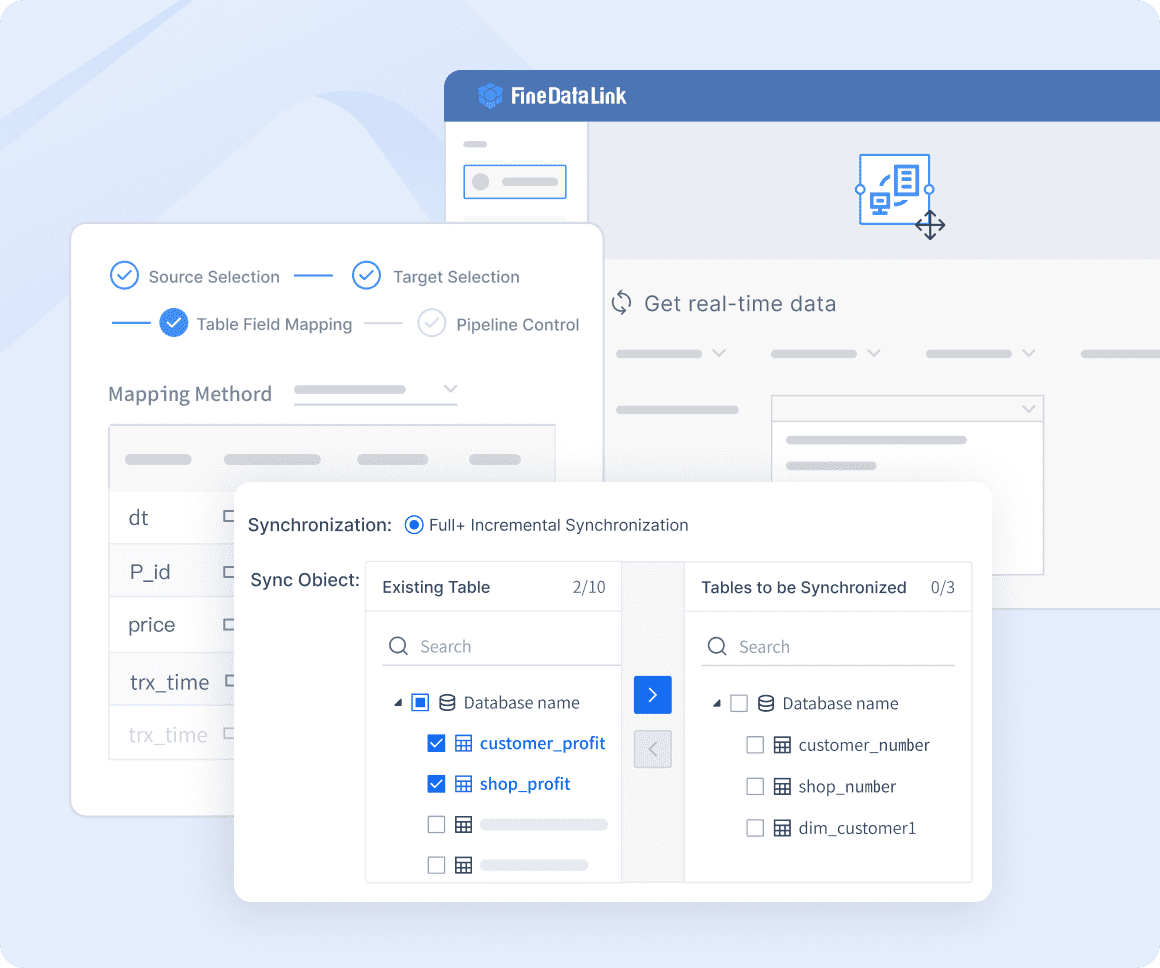
Real-time data synchronization
FineDataLink excels in real-time data synchronization, ensuring that data remains current and accurate across various systems. This capability allows organizations to integrate data from multiple sources without delay, maintaining data integrity and consistency. Real-time synchronization is crucial for businesses that rely on up-to-date information for decision-making and strategic planning.
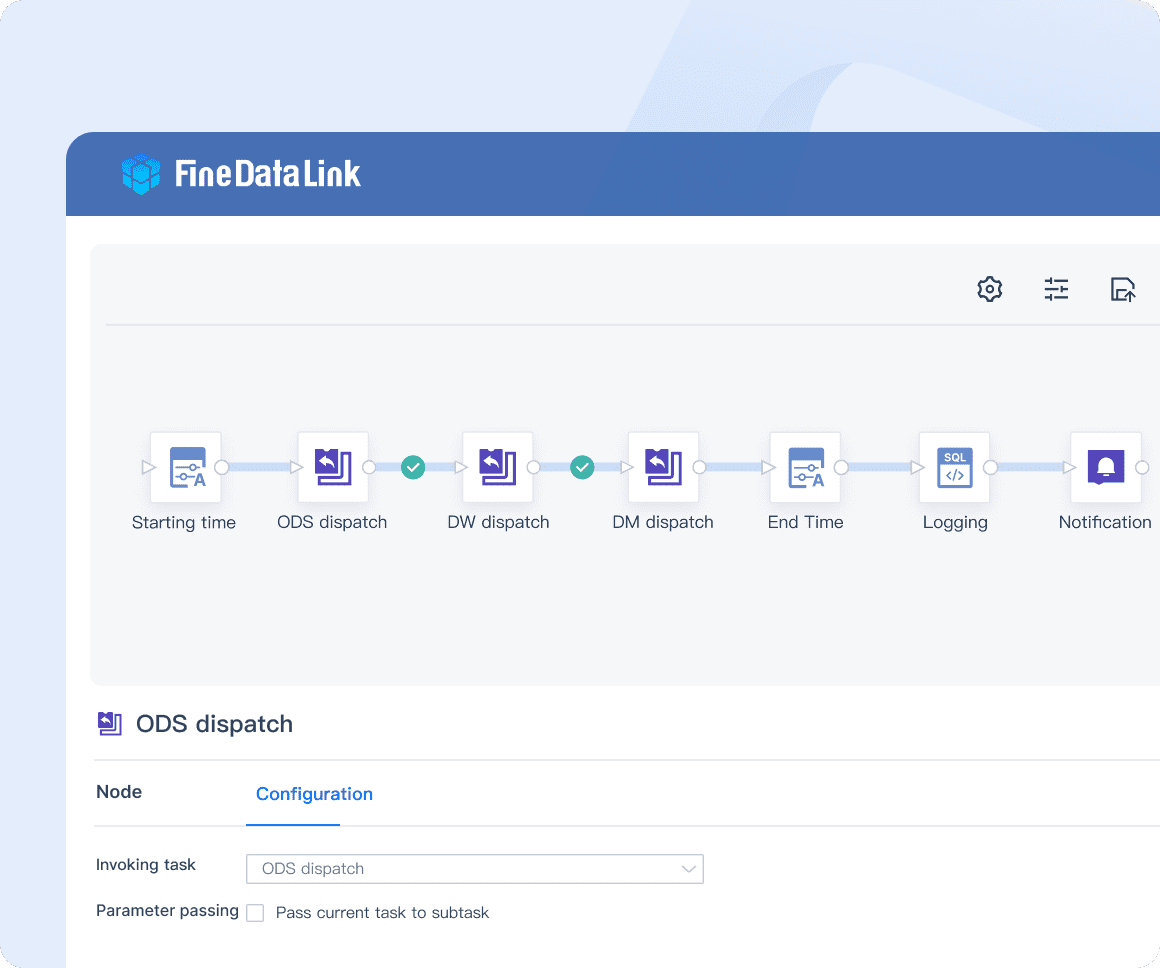
ETL/ELT capabilities
The platform's ETL/ELT capabilities further enhance its contribution to data enrichment. FineDataLink simplifies the extraction, transformation, and loading of data, making it easier for organizations to manage complex datasets. By automating these processes, businesses can reduce manual intervention, minimize errors, and improve operational efficiency. This automation supports the creation of enriched datasets that are ready for analysis and insights.
Enhancing Business Intelligence
FineBI complements FineDataLink by focusing on enhancing business intelligence through enriched data. It transforms raw data into actionable insights, enabling organizations to leverage data-driven strategies effectively.
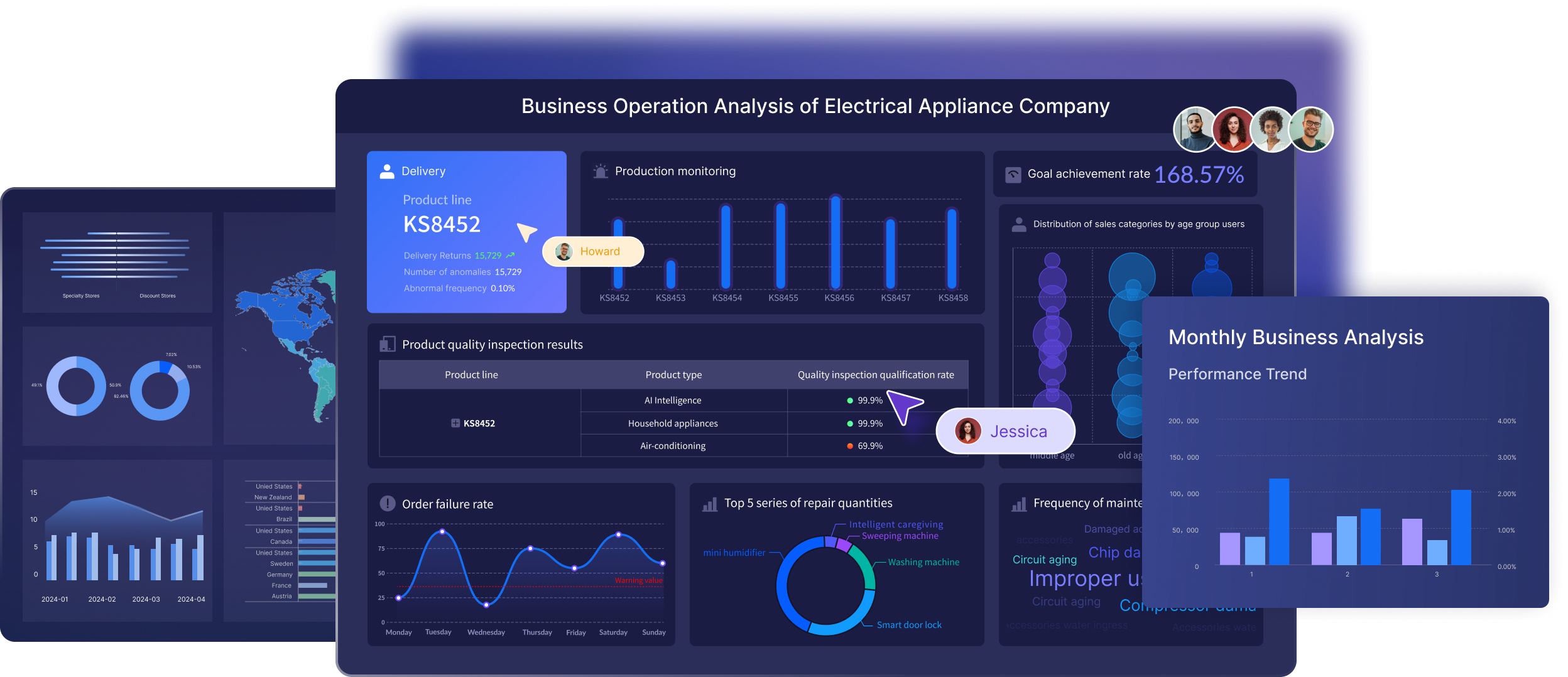
Building high-quality data layers
FineBI plays a critical role in building high-quality data layers. It integrates enriched data into a cohesive framework, providing a solid foundation for business intelligence applications. This integration ensures that data is not only accurate but also comprehensive, supporting detailed analysis and reporting. High-quality data layers are essential for organizations aiming to gain a competitive edge through data-driven insights.

Supporting data-driven insights
The platform supports data-driven insights by offering advanced analytics and visualization tools. FineBI enables users to explore enriched datasets, uncover patterns, and identify trends. These insights empower businesses to make strategic decisions, optimize operations, and enhance customer experiences. By supporting data-driven insights, FineBI helps organizations stay ahead in a rapidly evolving market.
Data enrichment significantly enhances the utility, accuracy, and richness of raw data. By integrating external information, businesses gain deeper insights into customer behaviors and market trends. This enriched data leads to better decision-making and improved personalization, ultimately boosting customer satisfaction and loyalty. Companies should adopt data enrichment practices to stay competitive. As technology advances, expect more sophisticated tools and methods for data enrichment, offering even greater potential for understanding customers and markets. Embracing these developments will empower businesses to unravel meaningful patterns and gain a competitive edge.
FAQ
Data enrichment involves augmenting existing datasets with additional information to improve their value, accuracy, and usability. This process transforms raw data into actionable insights, allowing companies to better understand their customers, markets, and competitors.
Data enrichment plays a crucial role in today's data-driven business environment. It enhances the utility, accuracy, and richness of raw data, which is essential for maintaining data integrity and gaining competitive advantages. Enriched data helps organizations unravel meaningful patterns and identify hidden trends.
Enriched data provides unique insights into customer behaviors, needs, and preferences. This information enables personalized marketing strategies, enhancing customer experiences and fostering stronger relationships. Companies can tailor their offerings to meet individual customer needs more effectively.
Data enrichment utilizes various types of data, including demographic, geographic, and behavioral data. By combining these data types, organizations gain a holistic view of their customers, enabling more personalized and effective strategies.
The use of data enrichment has seen significant growth, with a 22% increase in its application as a key strategy for improving data integrity year over year. Technological advancements have automated many aspects of data enrichment, making it more efficient and accurate.
Organizations often encounter challenges such as data silos, complex data formats, and manual processes. Overcoming these challenges requires robust data integration platforms like FineDataLink, which offers real-time data synchronization and advanced ETL/ELT capabilities.
Data enrichment turns raw data into valuable insights, empowering businesses to make informed decisions and adapt to changing market conditions. By leveraging enriched data, companies can enhance customer experiences, optimize operations, and achieve sustained success.
Continue Reading About Data Enrichment
2025 Best Data Integration Solutions and Selection Guide
Explore top data integration solutions for 2025, enhancing data management and operational efficiency with leading platforms like Fivetran and Talend.
Howard
Dec 19, 2024
2025 Data Pipeline Examples: Learn & Master with Ease!
Unlock 2025’s Data Pipeline Examples! Discover how they automate data flow, boost quality, and deliver real-time insights for smarter business decisions.
Howard
Feb 24, 2025
2025's Best Data Validation Tools: Top 7 Picks
Explore the top 7 data validation tools of 2025, featuring key features, benefits, user experiences, and pricing to ensure accurate and reliable data.
Howard
Aug 09, 2024
Best Data Integration Platforms to Use in 2025
Explore the best data integration platforms for 2025, including cloud-based, on-premises, and hybrid solutions. Learn about key features, benefits, and top players.
Howard
Jun 20, 2024
Best Data Integration Vendors for Seamless Workflows
Discover the top 20 data integration vendors of 2025 for seamless workflows. Compare tools like Talend, AWS Glue, and Fivetran to optimize your data processes.
Howard
Jan 22, 2025
Best Data Management Tools of 2025
Explore the best data management tools of 2025, including FineDataLink, Talend, and Snowflake. Learn about their features, pros, cons, and ideal use cases.
Howard
Aug 04, 2024


